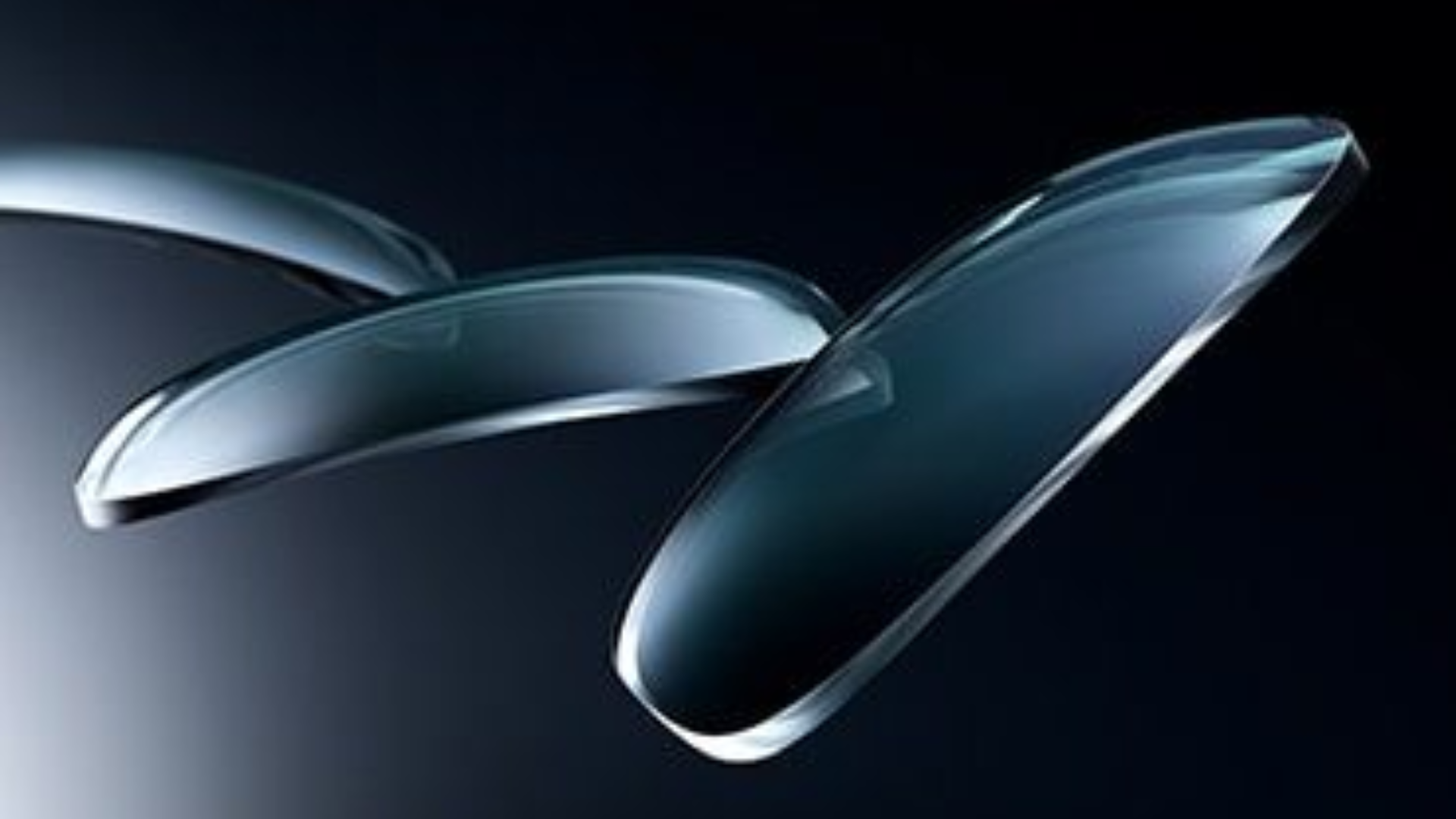
The earliest known lenses were made from polished crystal, often quartz. Some of plastic lenses can block more Ultraviolet (UV) than glass lenses and provide more protection for eye. Multicoating (MC) technology can make the plastic lenses more durable and anti-scratch. Multicoating (MC) such as waterproof and anti-glare is more convenience and comfortable for user.
Lens Index
Lens index is a number that describes how thick or thin your lenses are. The higher a lens’ index is, the thinner it becomes. Higher prescriptions require higher index lenses, while lower prescriptions require lower index lenses.High-index eyeglass lenses are the right choice if you want thinner, lighter lenses and eyeglasses that are as attractive and comfortable as possible.Thinner, lighter high-index lenses are especially recommended if you have a strong eyeglass prescription for nearsightedness, farsightedness or astigmatism. But high index lenses can make your eyeglasses noticeably slimmer, lighter and more attractive regardless of how strong your prescription is.
Advantages of High-Index Lenses
Lighter. Thinner edges require less lens material, which reduces the overall weight of the lenses. Lenses made of high-index plastic are lighter than the same lenses made in conventional plastic, so they’re more comfortable to wear.
Thinner. Because of their ability to bend light more efficiently, high-index lenses for nearsightedness have thinner edges than lenses with the same prescription power that are made of conventional plastic material.




